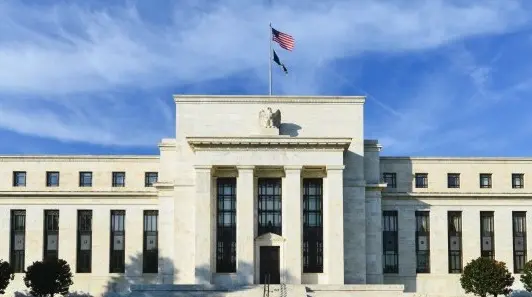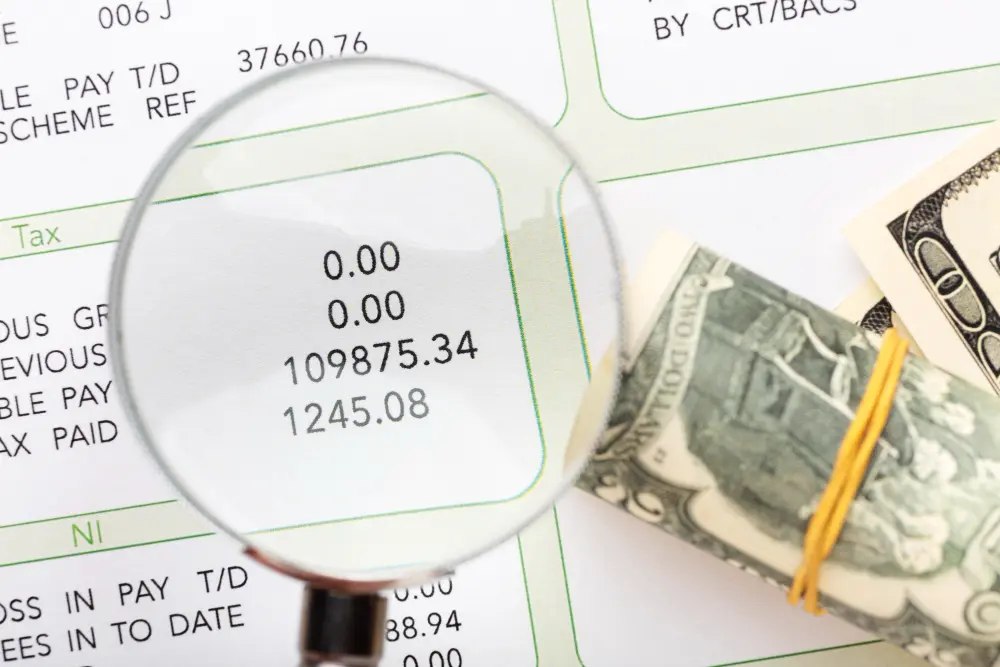|
Korea’s high level of household debt has been regarded as a major risk factor for the economy for some time. We have taken a closer look at the issue and concluded that deleveraging with interest rate hikes would be painful and likely result in an economic downturn – but not an economic crisis
|

| House prices in South Korea have risen rapidly in recent years. Pictured: Seoul |
|
Korea's household debt
Korea’s high level of household debt has been regarded as a major risk factor for the economy for a considerable time. During the pandemic, household debt rose even more steeply thanks to accommodative macro policies. However, since August 2021, the Bank of Korea (BoK) has raised rates by a total of 200bp, and we expect it to raise at least another 50bp by year-end. In addition, fiscal policy is expected to normalise from next year. The basic theory in economics that tight monetary and fiscal conditions burden consumption and investment and cause financial deleveraging remains valid. Considering the highly indebted Korean household situation, we think that even at the expense of short-term growth slowdowns, orderly deleveraging is essential, which will do good for long-term growth.
So far, households have tolerated interest rate hikes and high inflation relatively well mainly on the back of the reopening of the economy, fiscal support, and improved income conditions, but a meaningful deterioration of consumption is expected from the end of this year. As the deleveraging of household debt is expected to accelerate from the current quarter, GDP growth is also likely to slow significantly. It is true that some aspects of household debt are riskier than others. A tight monetary policy will likely dampen private consumption eventually and trigger asset price adjustments in the short term.
However, we still believe that the systemic risks posed by household debt do not appear imminent. First, financial intermediaries and financial regulators have appropriate risk management systems in place; second, the Bank of Korea began to preemptively raise the policy rates last year; and lastly, policy assistance to alleviate the debt repayment burden is also planned. Let’s take a detailed look at household debt in Korea and examine the risks associated with it.
|
|
Household debt has remained very high and grown rapidly
The financial liability of household and not-for-profit organisations has more than doubled over the past decade. According to the Bank of Korea, the amount of financial liability in 2021 increased by 9.5% year-on-year to KRW 2,245tr, exceeding the nominal GDP growth rate of 6.7% and reaching 108% of GDP. Looking at the composition of household credit, mortgage loans account for about 53% of the total, personal loans 41%, and merchandise credit 6% as of June 2022. Over the past few decades, the fastest and largest growing segment of household credit has been mortgages, primarily driven by rising real estate prices, while personal loans have also surged in the last couple of years, aided by easing monetary policy and increasing leveraged investment. On the other hand, merchandise credit, which includes credit card purchases for goods and services but excludes card loans and cash advances, grew at a pace similar to the nominal GDP growth.
|
|
Household debt remained very high and grew rapidly

|
|
Historical data shows that debt growth tends to decelerate during policy rate hikes and the latest data confirms that this negative correlation holds in the current hike cycle. We expect the negative correlation to strengthen even more in the coming months due to the faster pace of rate hikes this year compared to past hiking cycles.
|
|
Mortgages account for the largest amount of household credit, while personal loans are most sensitive to the rate changes

|
|
Mortgage loans account for more than half of total household credit
As of 2022 June, the total amount of mortgage loans stood at KRW 1,001.3tr, accounting for about 53% of total household credit. The level of mortgage debt is relatively high compared to other countries and the unique feature of the Korean rental system, Jeonse (about 64% of the house price for a two-year rental deposit, for more detailed information on Jeonse please click here), is a major contributing factor, in our view. Various sources confirmed that it is estimated that about 25% of the total mortgage loan is for Jeonse deposit and the rest is for the home purchase. The financial authorities have been encouraging banks to lend their Jeonse funds, judging that Jeonse contributes to the housing stability of middle and low-income households, so the number of Jeonse loans has grown steadily over the past few decades.
|
|
Korean house prices have risen in tandem with other major economies
It is not unique to Korea that house prices have risen rapidly in recent years. This has been a common phenomenon seen in other OECD countries such as the US, Europe, and Australia due to the accommodative monetary environment. In the case of Korea, the previous government’s policy to curb real estate prices is centred on suppressing housing demand. However, under such an abundant liquidity market environment, conflicting policy implementations stimulated demand for housing in certain areas (Metropolitan areas such as Seoul), resulting in a sharp rise in house prices.
|
|
The booming real estate market is a global phenomenon

|
|
To curb sharp rises in house prices, the government has tightened terms for mortgage loans more stringently since 2020. For home purchases, the loan-to-value (LTV) ratio in speculative overheated districts (basically, the entire area of Seoul) was lowered from 80% to 60%, and then again to 20-40%, and loans for a house value of KRW 1.5bn or more were not available at all. Eventually, with these stringent lending conditions at work, the growth of mortgage loans began to decelerate from last year, and this year the slowdown has been accelerating due to rapid rate hikes and growing concerns over valuations. As forward-looking data points to further price corrections, along with the continuing high-interest environment, mortgage loans will grow at a slower pace in our view.
|
|























































































